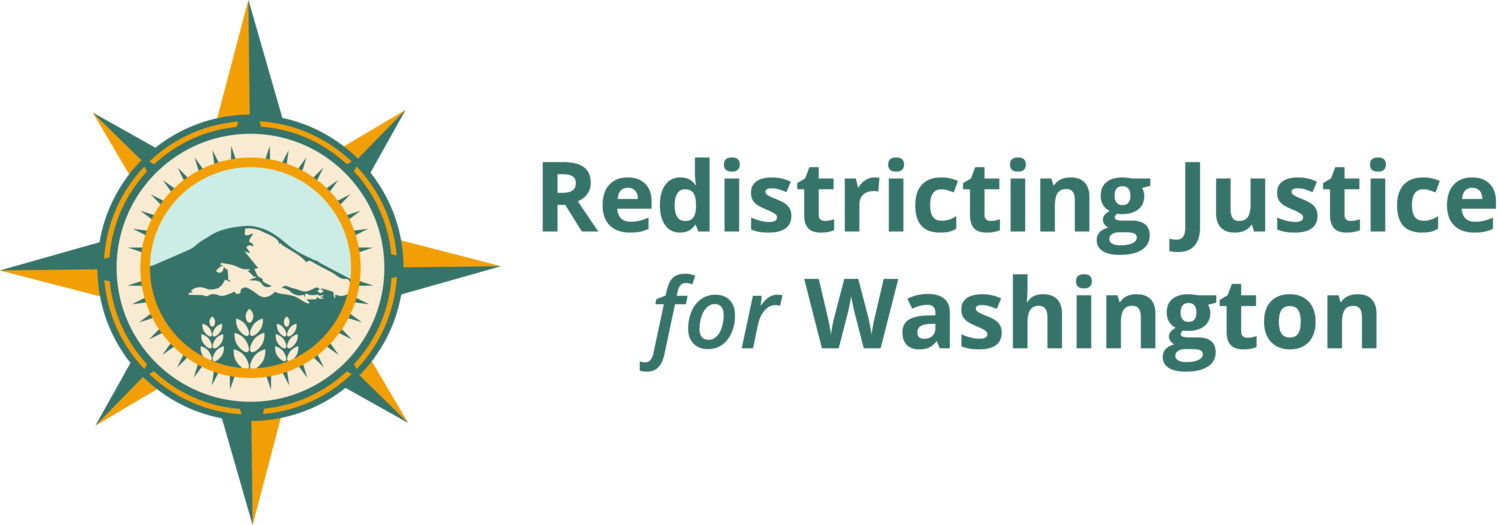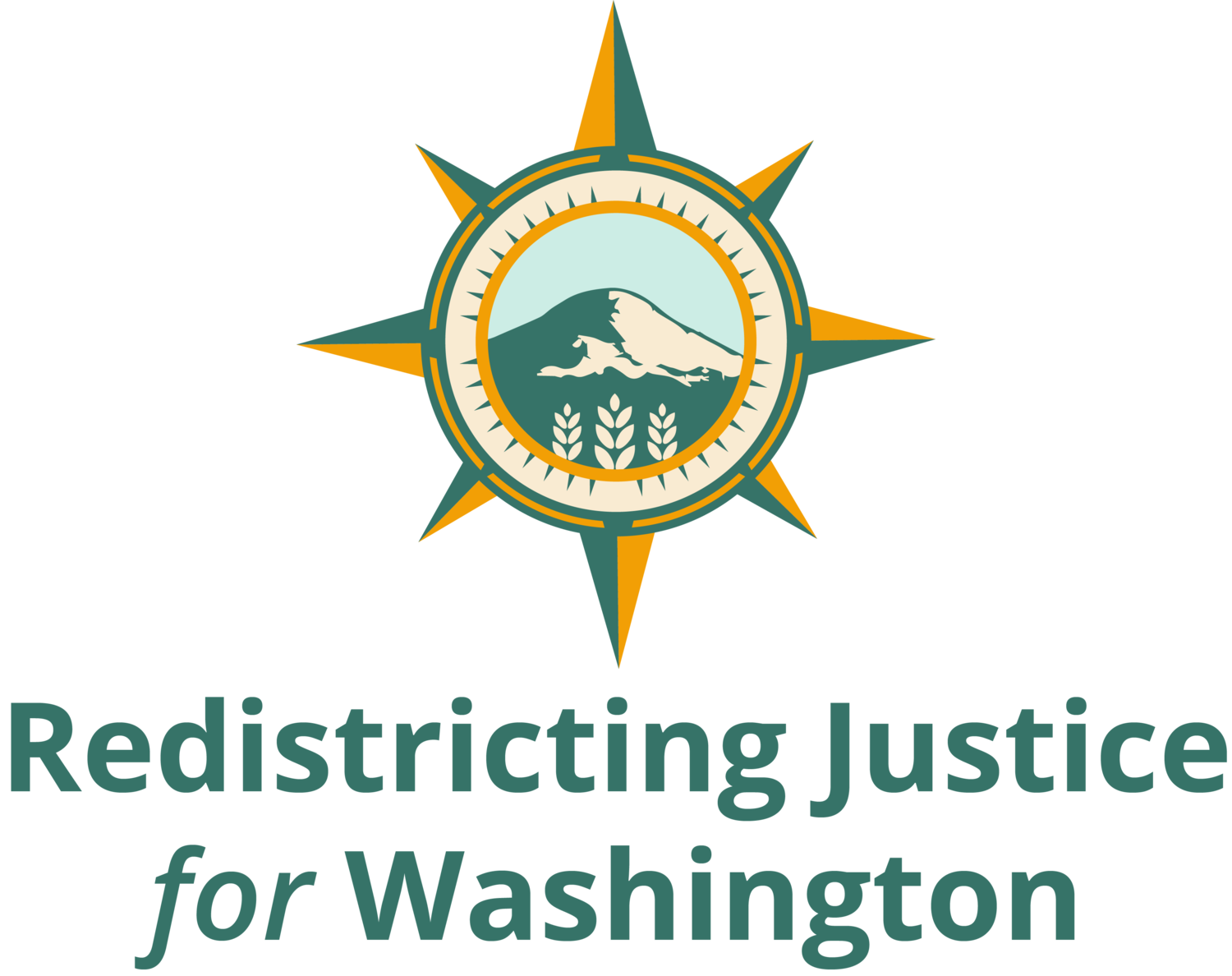Coalition Works to Expand Public Participation in Seattle’s Redistricting Process
community groups are working to increase public participation in the process, warning that how the lines are drawn will shape representation in City Hall for years to come…
“Districts were created to increase representation for underserved communities,” Nirae Petty, advocacy program manager at the Urban League of Metropolitan Seattle, told the Emerald, explaining that districts can help unite communities with shared experiences behind candidates or policy goals. “Using the redistricting process to increase the representation and voting power for our communities is really important.”
Petty is part of a coalition of advocates and community-based organizations trying to engage Communities of Color around redistricting, a complicated and sometimes tedious process that can nevertheless have tremendous impact. District boundaries can influence which candidates are elected, what laws are passed, and how public money is spent.
…Of particular interest to organizers are District 2 (South Seattle and Chinatown-International District) and District 3 (Central Seattle), which are home to many of the city’s Communities of Color, Indigenous groups, immigrants, refugees, and low-income populations. District 2, notably, is the city’s only majority-minority district.
…The Urban League, as part of the coalition Redistricting Justice for Seattle (RJS) — a subgroup of the statewide organization Redistricting Justice for Washington (RJW) — has participated in various outreach events and listening sessions. RJS has also held public mapping meetings to discuss priorities for how the districts are drawn…
Many who spoke during public comment at forums held so far said they supported keeping Communities of Color together in general but felt there had been too little time to review the redistricting process or provide meaningful input. Moreover, because the meetings are organized in order from May through July, starting with District 1 and ending in District 7, districts farther south in Seattle, where more People of Color live, had far less time to prepare.
While there will be one more opportunity for public comment after the commission releases its final proposal map this fall, organizers say the process risks shutting out the very input that commissioners claim to be seeking…


